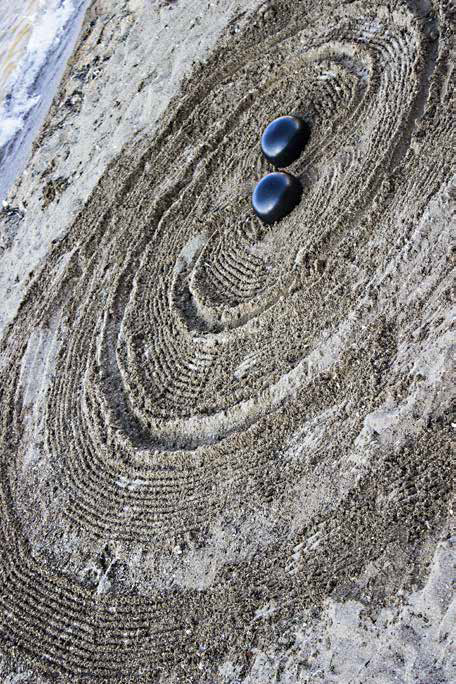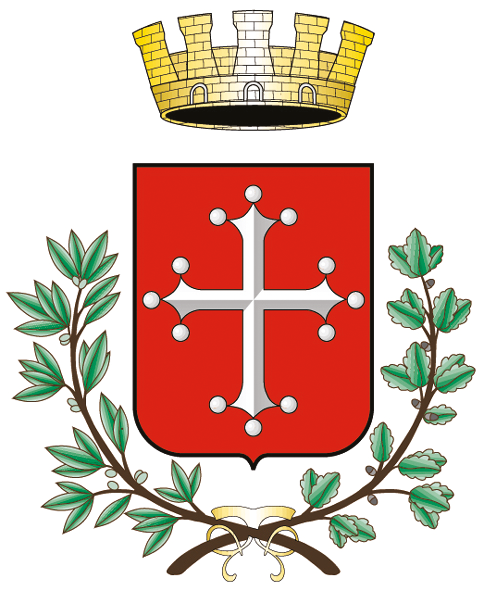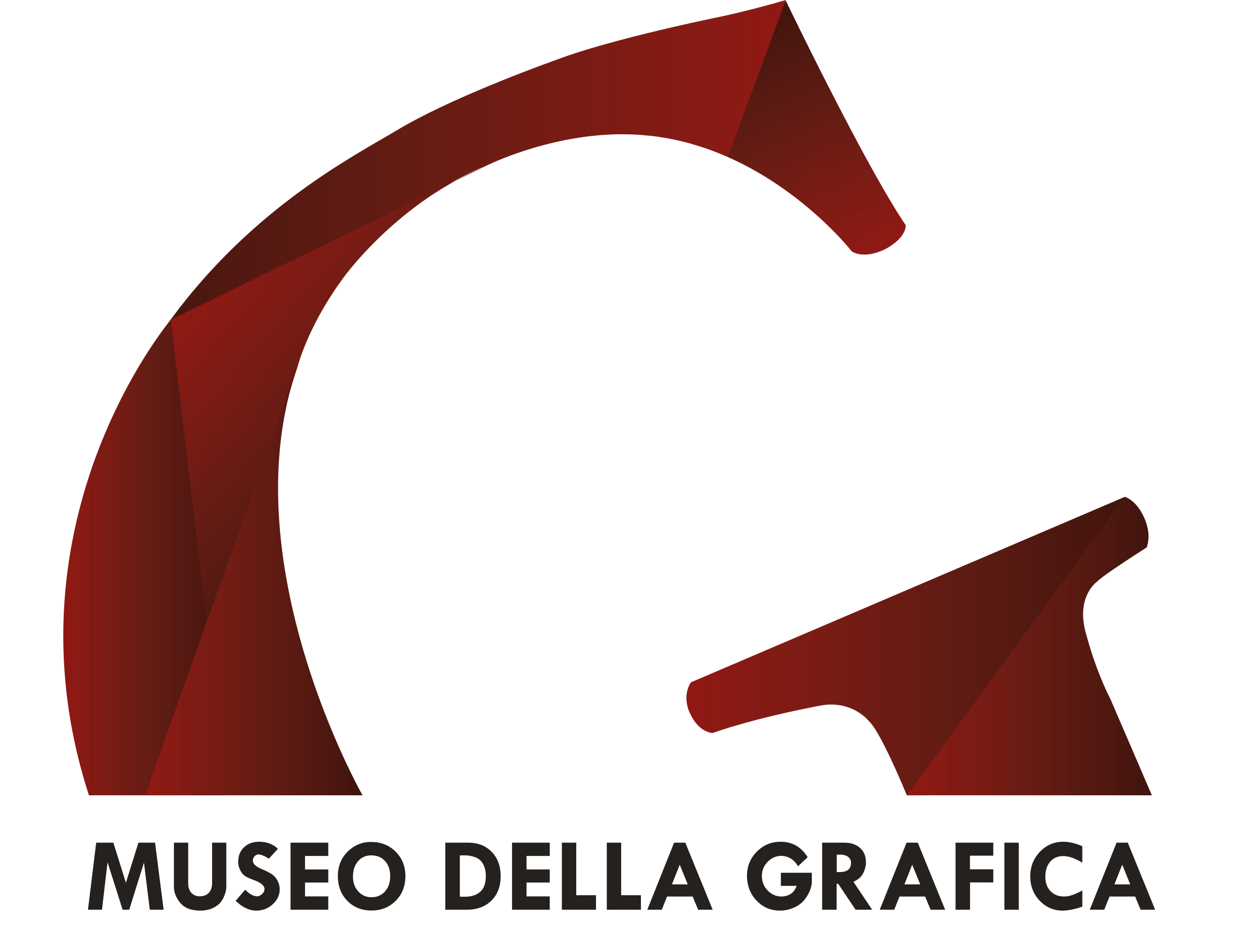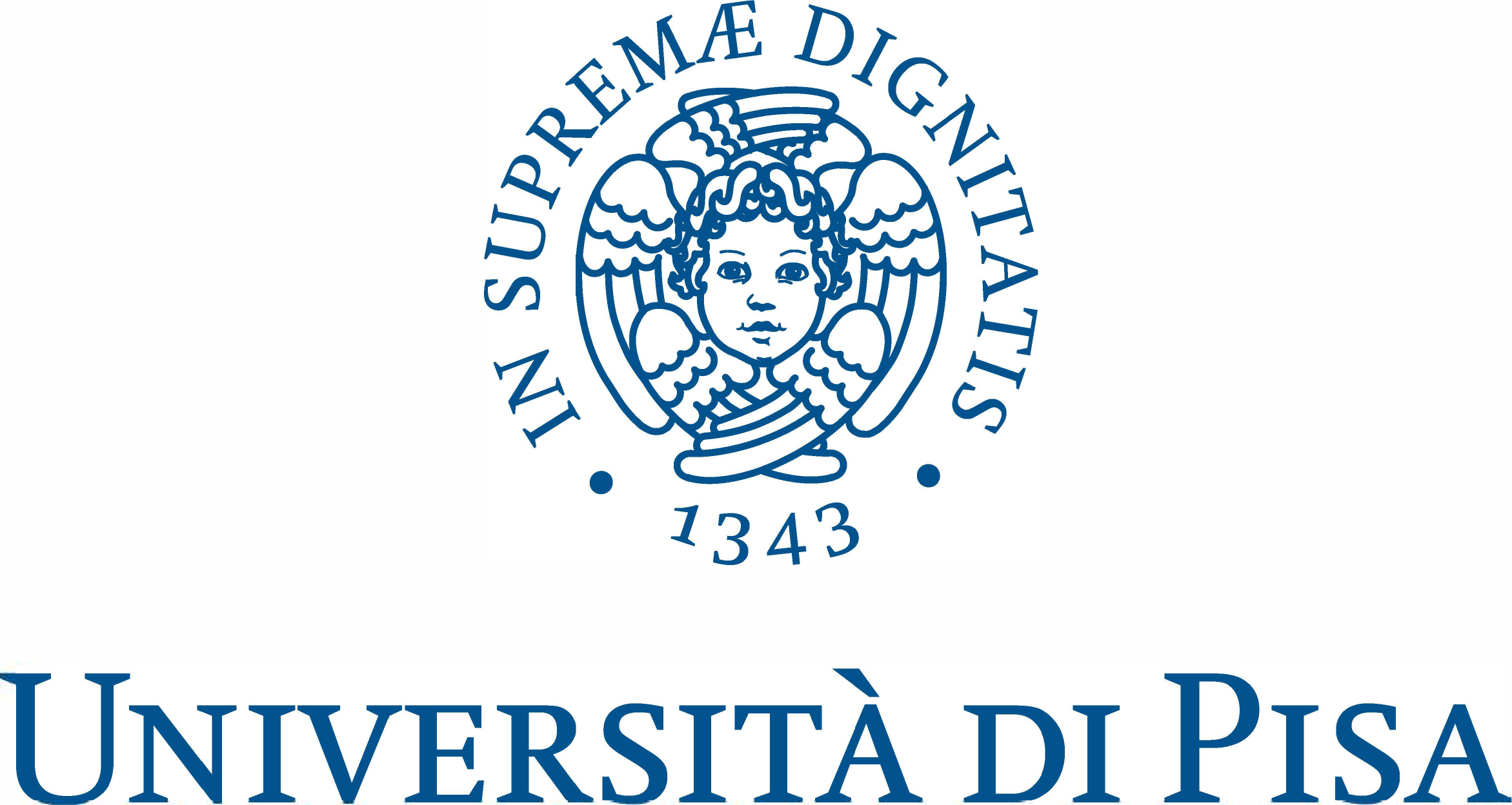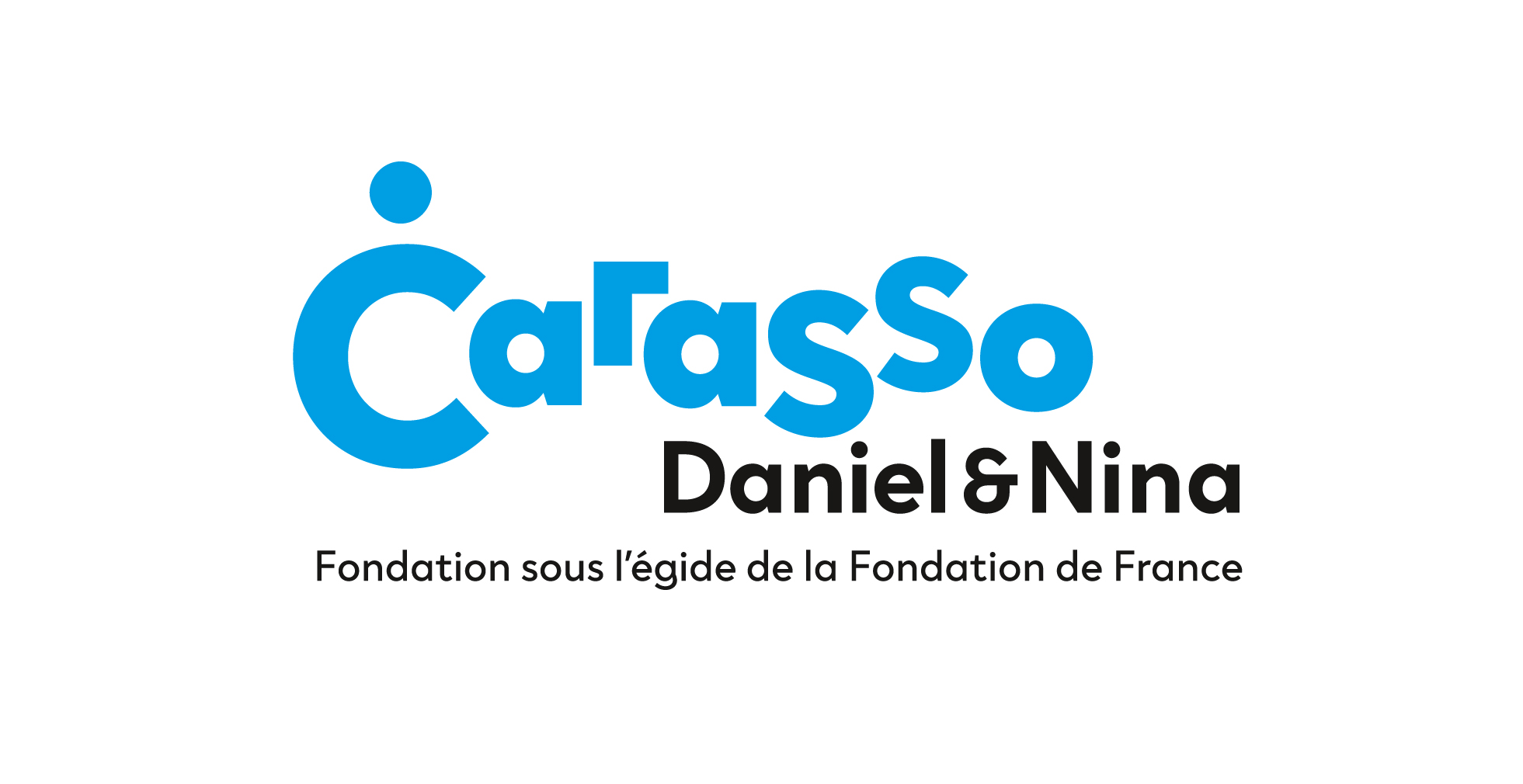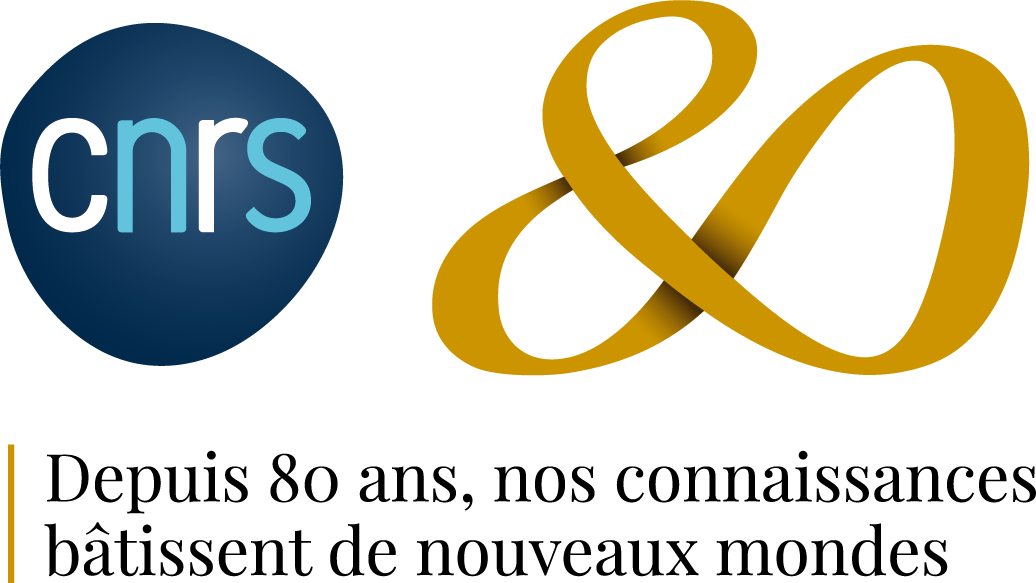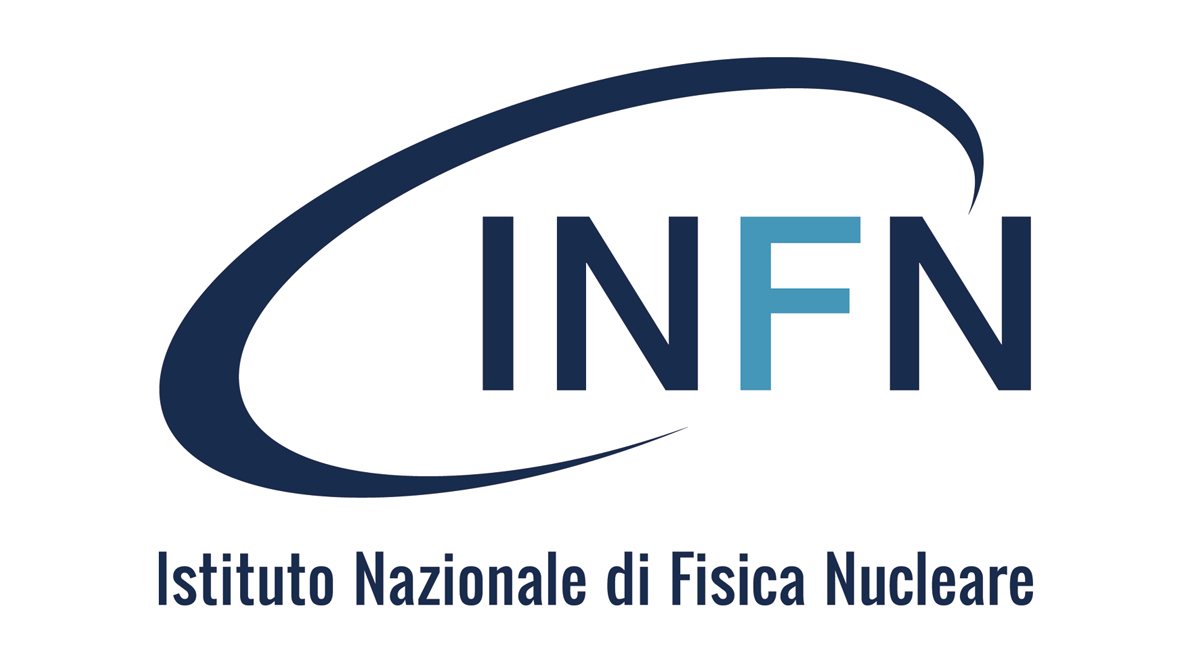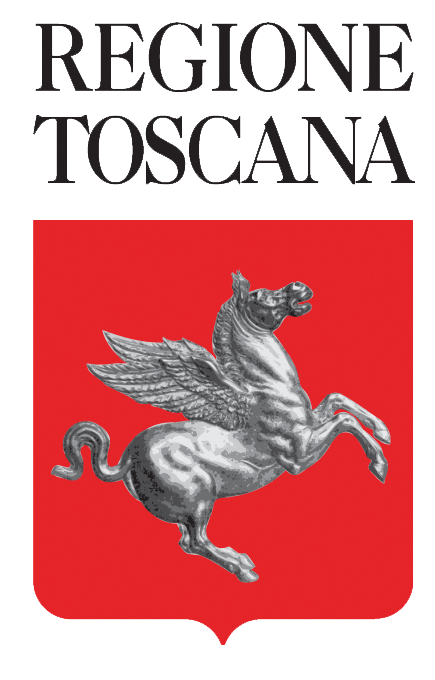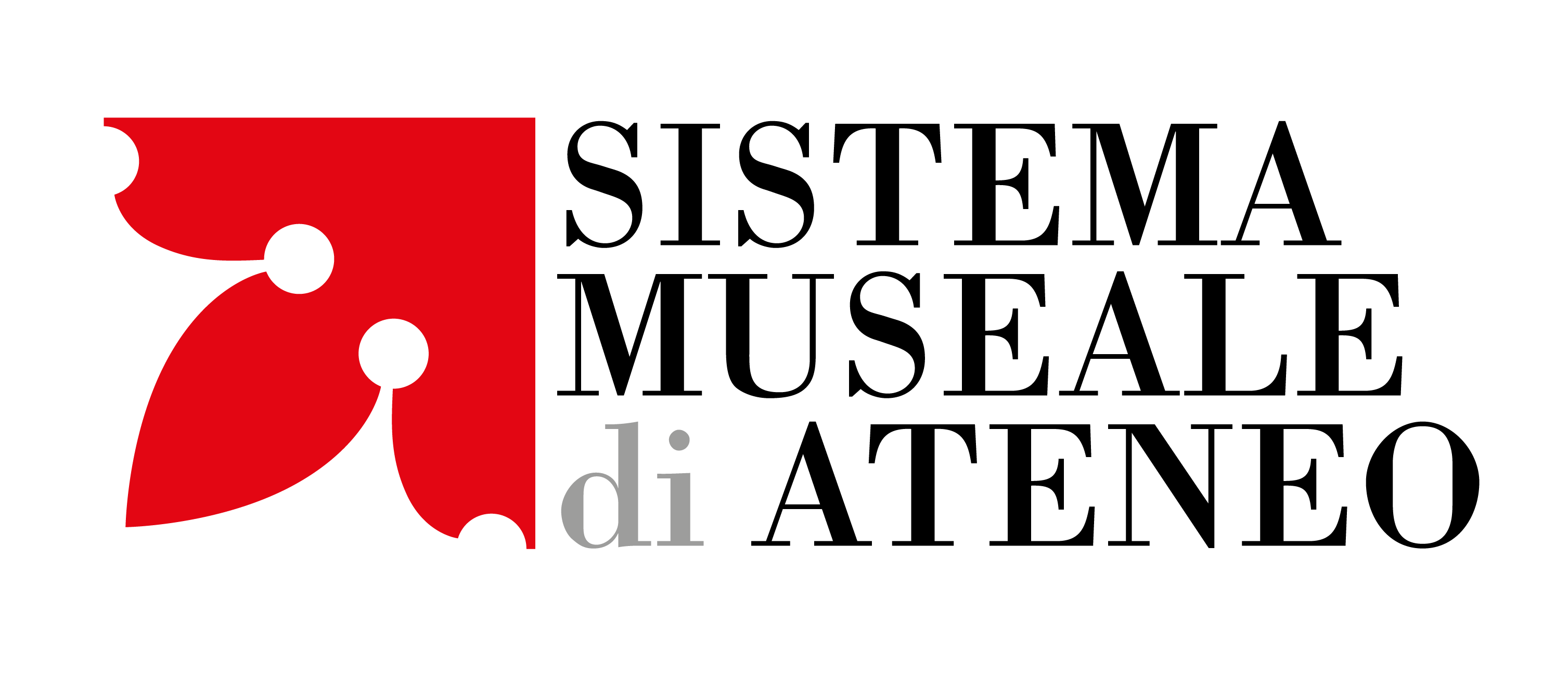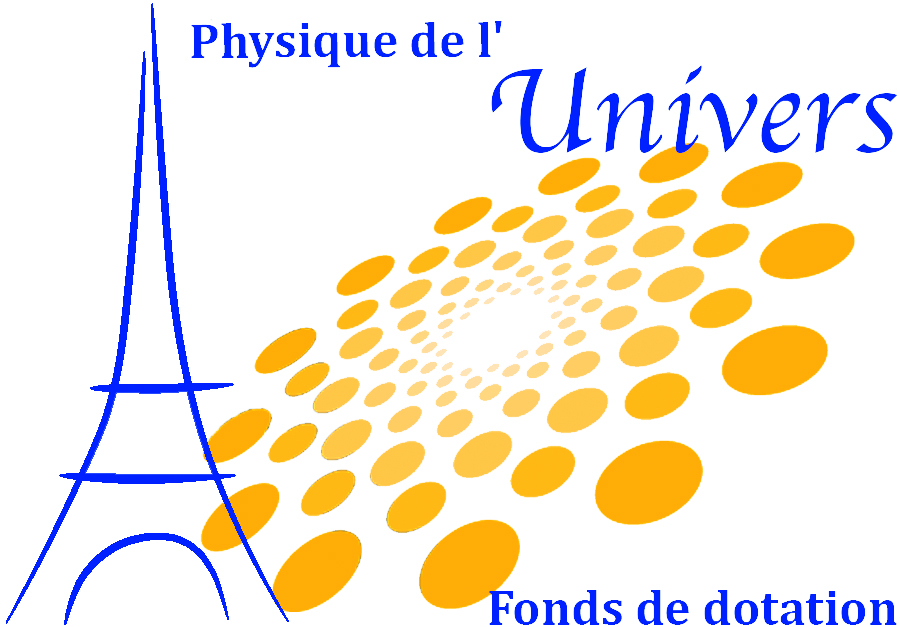Works
Ersi Krouska
A cosmic amphitheatre
Duration 8’25’’
“Do not disturb my circles,” said Archimedes to the Roman soldier, fully occupied as he was by a geometric figure he had traced on the sand, a phrase that led to his assassination by the brutal ignorant. It is the same Archimedes who in his “Sand-Reckoner” sets up to determine the number of grains of sand that can fit into the heliocentric cosmos of Aristarchus. A calculation repeated later by Eddington for protons and to be continued with black holes in the coming years.
The fascination with geometry and sand extends to philosophers, since as Blumenberg recounts in his “Shipwreck with a spectator”, when Aristippus, shipwrecked on the shores of Rhodes, recognized geometrical figures drawn on the beach, he exclaimed that there have to be humans nearby and concluded that one ought to provide one’s children only with possessions that can be saved from a shipwreck. Proving thus the resilience of knowledge to catastrophes.
One could therefore see in the poster image of sand and pottery of the exhibition the effort of a Robinson Crusoe-physicist trying to explain deformability of space and black holes merging to Friday the inhabitant of the island of his shipwreck. Of course Friday is not a naive savage but a potter from an Aegean island contributing with his craft. He created two perfectly spherical pottery vases to represent the black holes, the “hairless” smoothest existing objects: dead stars. Using his hands and a spinning wheel in spiral motion, combining the four elements: earth, air, water and fire. Plato has Socrates, in the Hippias Major, connecting the fabrication of a cooking pot, a chytra, with art, craft and beauty, a first attempt to define the nature of techne, as active disposition of insight, in opposition to trivi a simple illustrative technique.
One cannot help but remember the ambitious dream of Georges Charpak, Nobel prize of Physics, who wanted to unearth from the clay of millennial potteries the sound imprint of the voices of the ancient potters themselves. Is it not the gravitational wave detection the same project applied to the entire Universe?
Ersi Krouska
A cosmic amphitheatre
Durata 8’25’’
“Non disturbare le mie cerchie”, disse Archimede al soldato romano, completamente occupato com’era da una figura geometrica che aveva tracciato sulla sabbia, una frase che ha portato al suo assassinio da parte del brutale ignorante. È lo stesso Archimede che nel suo “Arenario” si stabilisce per determinare il numero di granelli di sabbia che possono adattarsi al cosmo eliocentrico di Aristarco. Un calcolo ripetuto più tardi da Eddington per i protoni e da continuare con i buchi neri nei prossimi anni.
Il fascino della geometria e della sabbia si estende ai filosofi, poiché mentre Blumenberg racconta nel suo “Naufragio con uno spettatore”, quando Aristippo, naufragato sulle rive di Rodi, riconosceva figure geometriche disegnate sulla spiaggia, esclamò che dovevano esserci umani nelle vicinanze e ha concluso che si dovrebbe fornire ai propri figli solo i beni che possono essere salvati da un naufragio. Dimostrando così la resilienza della conoscenza alle catastrofi.
Si potrebbe quindi vedere nell’immagine del poster di sabbia e ceramiche della mostra lo sforzo di un fisico Robinson Crusoe che cerca di spiegare la deformabilità dello spazio e dei buchi neri che si fondono a venerdì nell’abitato dell’isola del suo naufragio. Naturalmente venerdì non è un ingenuo selvaggio ma un vasaio di un’isola egea che contribuisce con il suo mestiere. Ha creato due vasi in ceramica perfettamente sferici per rappresentare i buchi neri, gli oggetti più lisci e “senza peli” esistenti: le stelle morte. Usando le sue mani e una ruota che gira a spirale, unendo i quattro elementi: terra, aria, acqua e fuoco. Platone ha Socrate, nelle Ippie maggiori, che collega la fabbricazione di una pentola, una chytra, con l’arte, l’artigianato e la bellezza, un primo tentativo di definire la natura della techne, come disposizione attiva di intuizione, in opposizione a trivi un semplice illustrativo tecnica.
Non si può fare a meno di ricordare l’ambizioso sogno di Georges Charpak, premio Nobel per la fisica, che voleva scoprire dall’argilla di ceramiche millenarie l’impronta sonora delle voci degli stessi antichi vasai. Il rilevamento dell’onda gravitazionale non è forse lo stesso progetto applicato all’intero universo?
MUSEO DELLA GRAFICA
Palazzo Lanfranchi
Lungarno Galilei, 9
56125 Pisa - Italia
https://museodellagrafica.sma.unipi.it/
Open Hours
Monday - Sunday: 9am – 8pm
Follow
Key words for social share
@ego_virgo @CNRS @INFN_ @IN2P3_CNRS @APC_Laboratory @art_citoyen #GravitationalWaves #Ondegravitazionali #Blackholes #ArteScienza #RitmoSpazio19 #Spazio #Contemporaryart #Marconi #ComunediPisa #Unipi #MuseodellaGrafica
EGO-Virgo
Via E. Amaldi
56021 Cascina - Italia
https://www.ego-gw.it/
Sponsored by:



